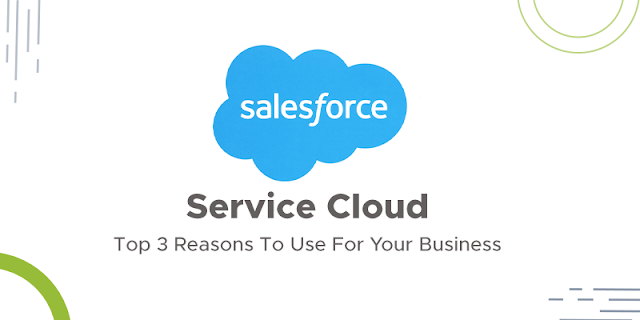The Complete Guide to Cloud Integration Challenges and Solutions
As businesses increasingly embrace cloud technology, incorporating diverse systems and apps into a cohesive cloud environment has become both essential and complex.
While cloud integration from a Salesforce service cloud company promises improved agility, scalability, and collaboration, it also presents a unique set of challenges, from data security and compatibility issues to managing hybrid infrastructures.
Navigating these obstacles effectively is crucial to unlocking the full potential of the cloud. In this complete guide, we’ll have a look at the most common cloud integration challenges and offer practical solutions to help your organization achieve flawless, secure, and efficient cloud connectivity.
Data Security and Compliance
With data being stored and accessed across several cloud platforms and environments, the risk of data breaches and regulatory non-compliance increases. Sensitive data must be protected from unauthorized access both during transit and while stored in the cloud. Furthermore, adhering to standards like GDPR, HIPAA, and other industry-specific regulations introduces further challenges.
Solution: In such instances, it is best to adopt a strong security strategy with encryption, access controls, and regular audits. Encryption protects data from unauthorized access, access controls limit who can view sensitive information, and audits help identify risks and maintain compliance.
Also, you can opt to select Salesforce service cloud integration as it provides strong security and compliance certifications for added protection.
Integration Complexity
Legacy systems these days need modern APIs or compatibility with cloud platforms, making seamless integration difficult. Moreover, the wide range of cloud platforms adds complexity to integration, as each often uses its own proprietary interfaces and data formats. This complexity can cause longer development times, high costs, and possible business disruptions.
Solution: For seamless system communication, use middleware like iPaaS with pre-built connectors and APIs. Embracing a service-oriented architecture (SOA) and setting clear integration standards also simplifies and standardizes the process.
Network Latency for Cloud Computing
Network latency can hamper cloud integration by slowing down data transfer, causing inefficiencies and slow workflows. In real-time cases like financial transactions or eCommerce, even small delays can disrupt user experience and lead to missed opportunities.
Solution: To avoid this from happening, organizations can use CDNs to deliver data from nearby locations, leverage edge computing to process data closer to its source, and implement distributed caching for faster access to frequently used data.
Cloud Architecture Challenges in Integration
Salesforce service cloud integration can be challenging due to the varying architectures of different providers like Azure, AWS, Salesforce and more. Each uses unique protocols and data formats, making it complex to connect systems across multiple cloud environments.
Solution: To tackle these cloud architecture challenges, use a hybrid integration approach with tools like ESB or iPaaS to connect diverse systems. Integrating microservices and API gateways can also simplify communication, improve scalability, and reduce complexity.
Conclusion
In the end, cloud integration is no longer optional, it’s essential for businesses aiming to stay agile, competitive, and connected in today’s digital landscape. While the journey comes with the following challenges, each can be effectively managed with the right strategies and tools.



Comments
Post a Comment